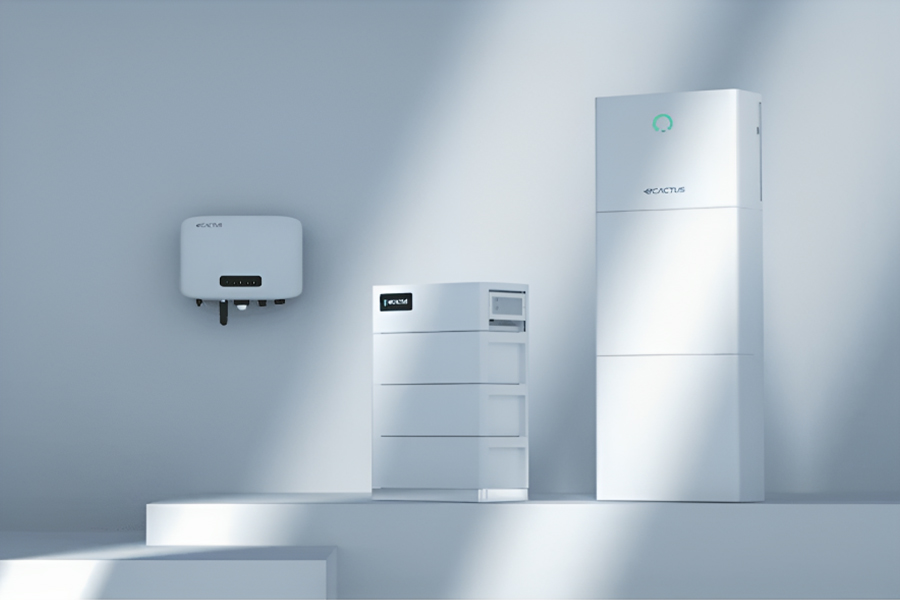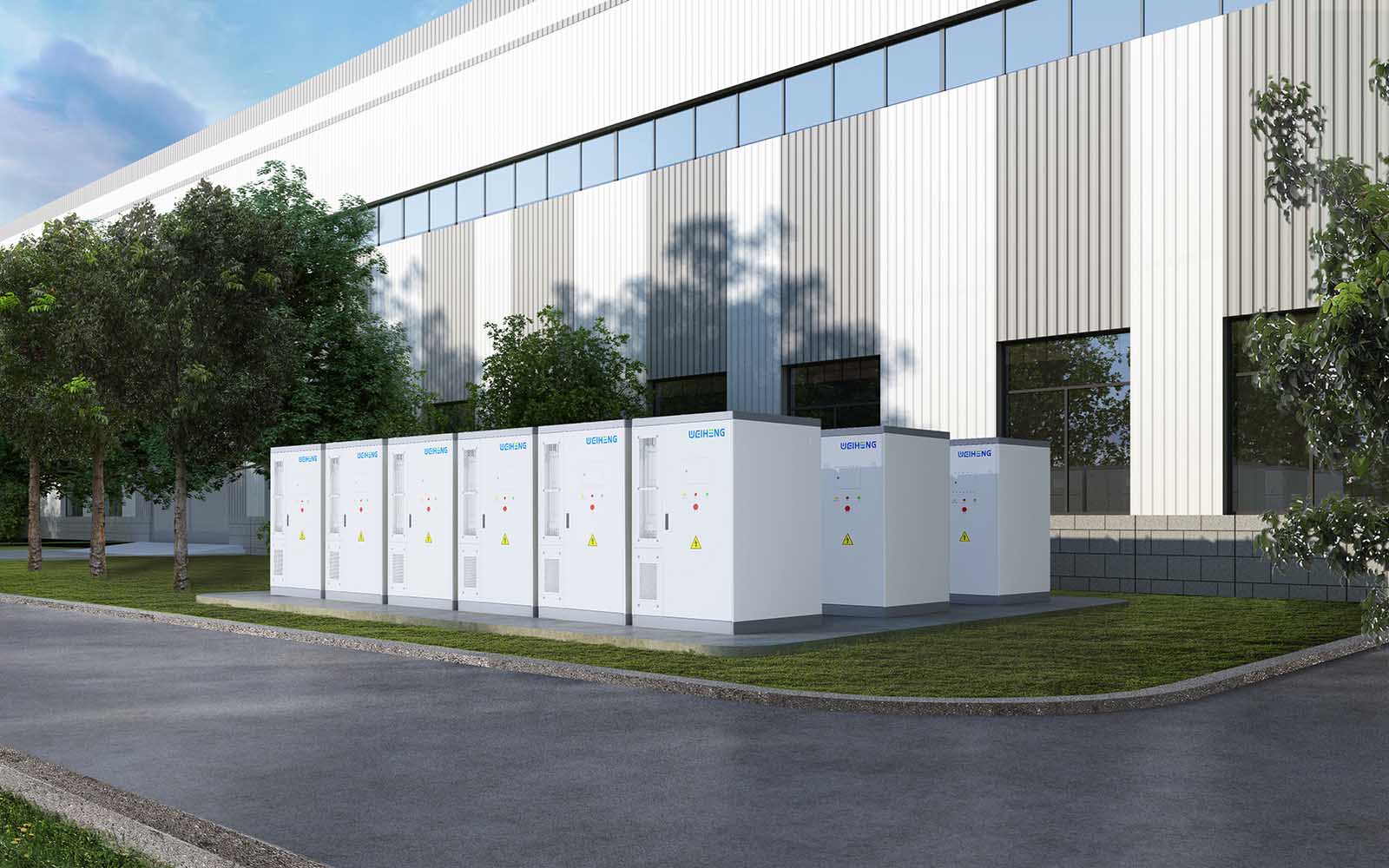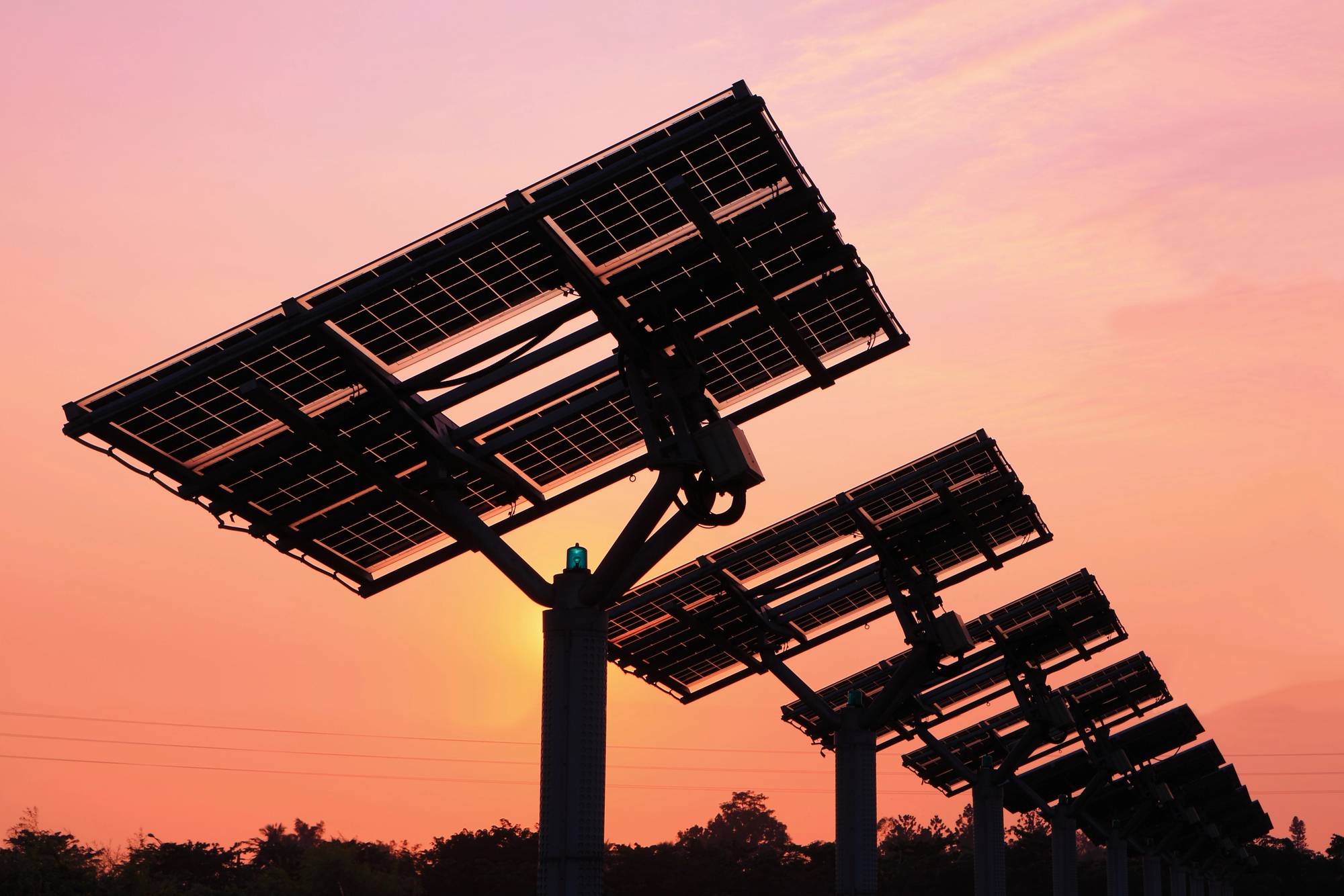Renewable solar energy or photovoltaic (PV) systems are rapidly integrating themselves into the UK residential, commercial, and industrial sectors. As a side effect, the country has been seeing a steady uptake in the use of Battery Energy Storage Systems (BESS) to further amplify the potential of these solar systems. But how do we combine these eco-friendly titans to ensure a greener future? This guide will cover everything you need to know when adding batteries to existing solar systems for the first time.
No Energy Wasted
The primary benefit of adding batteries to existing solar systems is the increased energy independence it provides homeowners. With high irradiance (sunny day) values throughout the day, a solar energy system can provide more electricity than a residence needs. A BESS allows homes to store this extra power for later use, such as when the sun isn’t shining or on a gloomy day. You may save money on your energy bill by using your extra power at home instead of sending it back to the grid.
The lower energy bill is only one perk; it also provides homes with safety and security. Extreme weather makes it challenging for power companies to maintain a constant supply of electricity, and such extreme weather is becoming increasingly common as a result of climate change.
Adding batteries to existing solar systems ensures a continuous flow of electricity, even if the grid fails. (You will need to get an Emergency Power Supply (EPS) circuit or whole house gateway installed for continuous energy during power cuts). The necessity for energy in an emergency or for activities that require a constant supply of electricity makes this energy independence even more important for households.

Will the Existing Inverter Take a Battery?
The current inverter must be compatible with the energy storage system to integrate a battery storage system with a solar energy system.
The inverter controls all electrical flow in a solar power system. The inverter and battery ratings must match for proper integration. Read the inverter’s manual to learn about its features and capabilities before installing the battery storage system. Documentation will contain hybrid system characteristics and battery capacities. By altering these parameters, a battery storage system can easily integrate with an inverter.
What happens if the inverter and battery storage system are incompatible?
Often it will make sense to add a hybrid inverter in place of the existing DC inverter, but watch out for complications if you receive Feed In Tariff (FIT) payments.
Hybrid inverters are a viable alternative which optimises solar panel-battery connection. They make it easy to transfer solar power to a battery bank. Due to its compatibility and performance with PV systems, the Agave hybrid energy storage system with an integrated inverter is a great example.
In a nutshell, the first step is to ensure that the PV and energy storage systems are compatible. The battery storage system can be readily integrated with the current solar system.
Considerations When Adding Batteries to Existing Solar Systems?
Adding a battery is a significant step towards energy independence for your house, but doing so requires careful planning and consideration. Below, we’ve outlined some of the most crucial aspects of this journey.
- Energy Requirement – Defining your energy needs and objectives precisely is the first step towards being more energy independent. Consider developing a strategy for drawing power from the battery storage unit. Are you planning on using power at peak times or when there is a blackout for unclear reasons? You will be less reliant on the grid and more self-sufficient in terms of energy use with this setup. Setting clear energy goals will allow you greater leeway when choosing how to combine your PV and battery storage systems.
- Maintenance and Battery Lifespan – Whether you choose to employ Li-Ion battery technology or another best choice available on the market, remember that batteries, like any other technology, have a finite lifespan and design your battery storage system appropriately. Battery life may be prolonged with routine monitoring and upkeep, including checking the battery’s temperature and performance according to the manufacturer’s instructions. A well-maintained battery may provide reliable power for many years without being replaced.
- Upfront cost – There is an initial investment required when adding batteries to a PV system. It is essential to organise your financial resources around your energy needs while preparing to install the battery system. The price tag may seem steep at first but think about the big picture. Overnight storage of energy produced in excess during the day can have a significant long-term impact on electricity costs.
- Government Subsidies – The green energy campaign launched by the UK government has resulted in numerous incentives being offered by local authorities to encourage the use of green energy-producing methods. Batteries may be included in an existing PV system at a potentially reduced initial cost with the help of these incentives.
What if the Solar System is Already Getting Old?
The effectiveness of a solar system gradually declines over time. You shouldn’t stress if your solar panels aren’t generating enough power. Here, we’ll show UK households how to delay the inevitable degeneration of their solar power setups.
Efficiency and Condition Analysis
Efficiency and condition analysis will be the most important factor before making any decision about your solar system. To achieve this goal, please refer to the following instructions:
Visual Inspection – All PV panels should be thoroughly inspected visually for signs of damage, discolouration, disconnection, glass breaking, and water damage.
Performance Analysis – You need to monitor the PV system’s output closely and complete a long-term performance study. Evaluate the energy produced at the time of consumption vs the newly installed value. If there is a drastic change in the power reading, it means the panels are getting old.
Professional Analysis – Employ a qualified PV engineer to examine the entire system and provide a detailed report on the power output and panel health.
Is It Better to Replace the Whole Setup?
There is a prominent concern over whether British homeowners should replace their entire solar PV generation equipment. Is it a good idea to swap out the old PV system for a newer, more powerful one that uses batteries to store energy?
Whole PV System replacement Advantages
Efficiency Enhancement – Due to rapid technological advances, the system’s efficiency will increase considerably after it has been completely replaced with new equipment. The freshly installed PV panels will have the most cutting-edge equipment for harnessing the sun’s energy and transforming it into usable electricity. Because of this, households will have access to more surplus energy, lowering their energy expenditures.
Warranty – An extended guarantee of twenty years or more covers the new solar panels entirely. This implies that in the event of faults in the PV system, the homeowner has more time to make a claim.
Compatibility – The replacement of the entire system ensures a smooth handoff from the old solar panels, inverter, and batteries to the new ones. For maximum efficiency and dependability, the system may be built to incorporate several different characteristics.
Keeping the Older Panels with a Battery Addition
There are circumstances in which a complete PV system replacement would not be feasible.
Young Panels Replacement – To improve efficiency at the expense of young panels is not only a bad concept, but also not the most cost-effective one. The storage capacity of today’s batteries presents an opportunity to maximise the value of these still-young panels.
Budget Restrictions – Adding an efficient battery storage system is less expensive than changing the complete system. The inclusion of batteries will provide households with energy independence and a low-priced option to meet their energy demands.
The decision of whether to completely replace an old PV system with a new configuration or to add batteries to an existing system is important. Solar energy engineers should be consulted before any final decisions are made. Your energy situation, panel age and condition, energy objectives, and budget will all be evaluated. They’ll assess your home’s energy usage and provide advice on how to improve your energy efficiency and costs.
To sum up, a PV energy-producing system that includes battery storage is an excellent way for homes to become less reliant on the utility company and save money. Agave hybrid all-in-one batteries and other modern inverters offer a full battery-storage-to-existing-PV-system solution. There are several things to think about when replacing an old PV system with a new one, including cost, compatibility, efficiency, and environmental impact.







